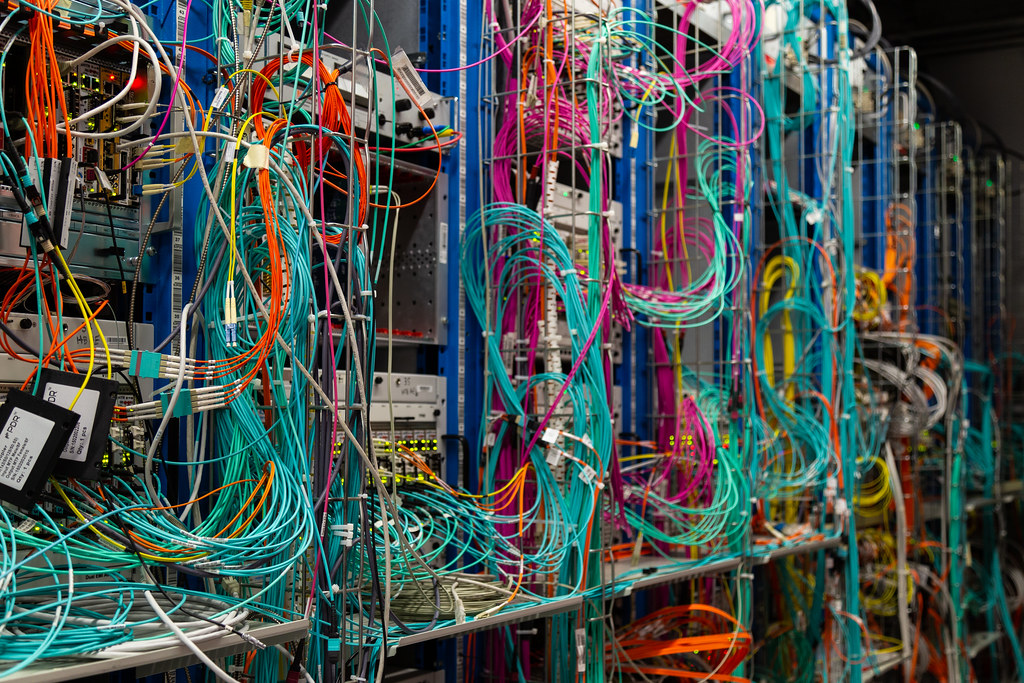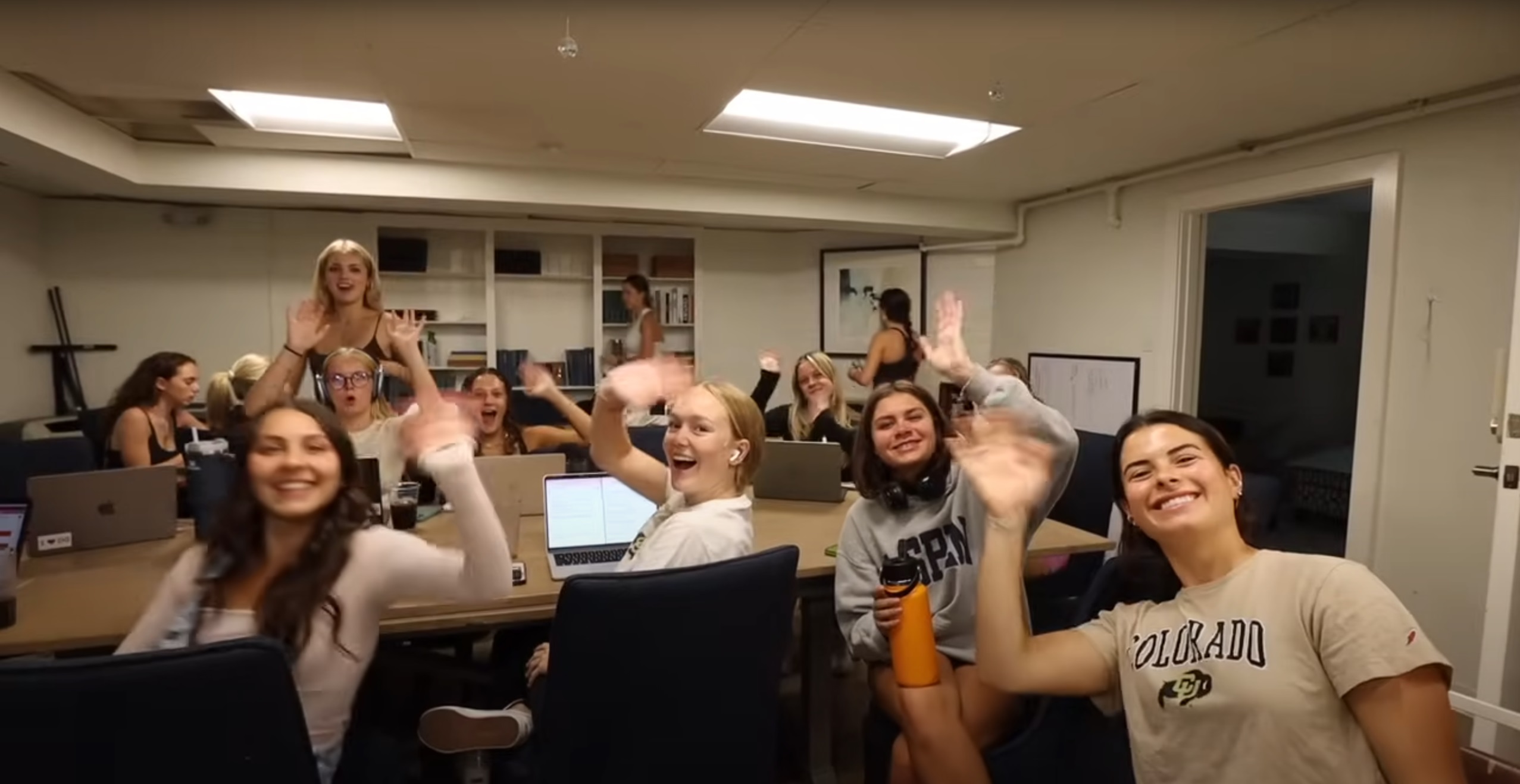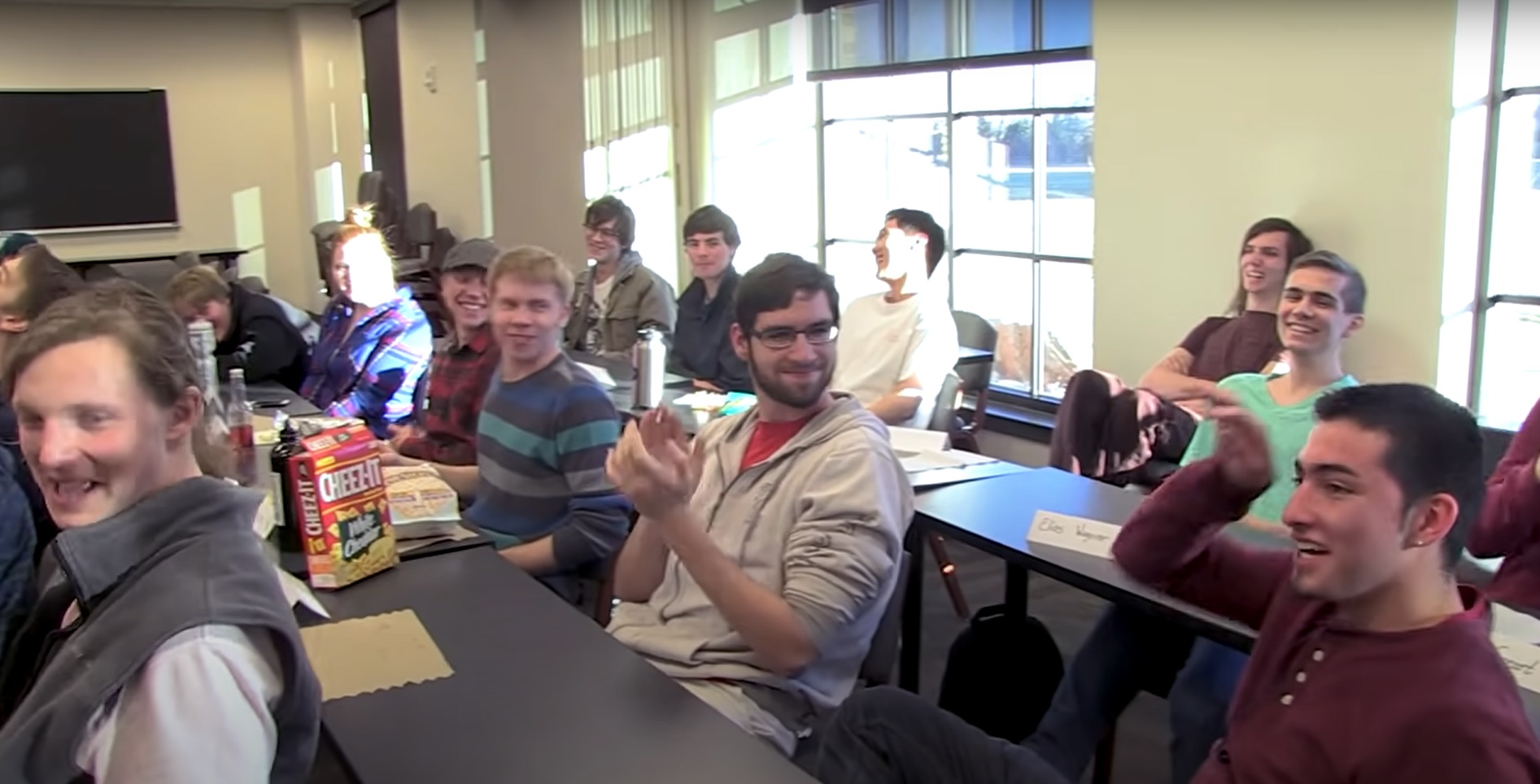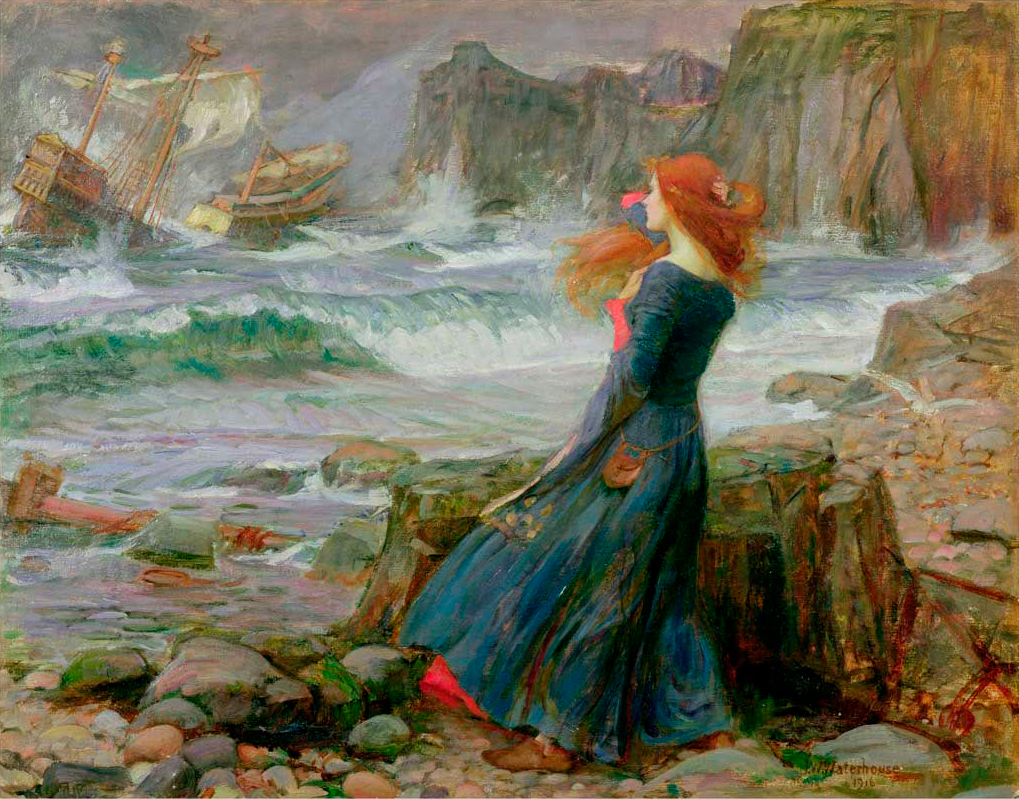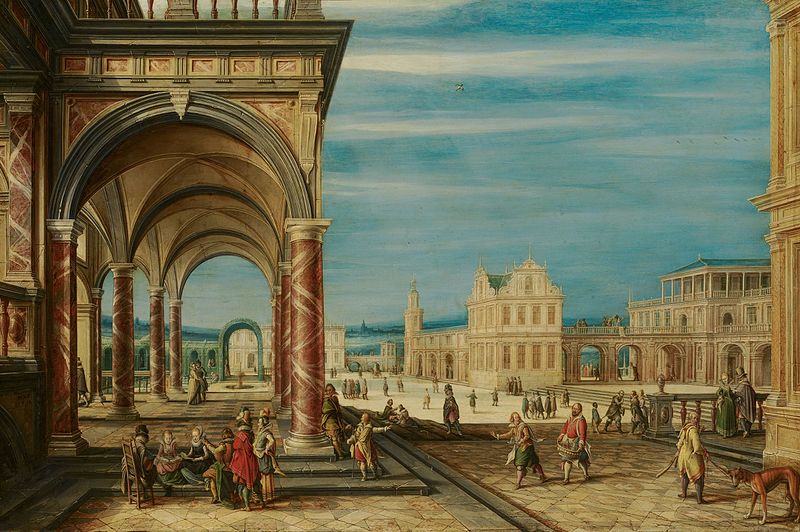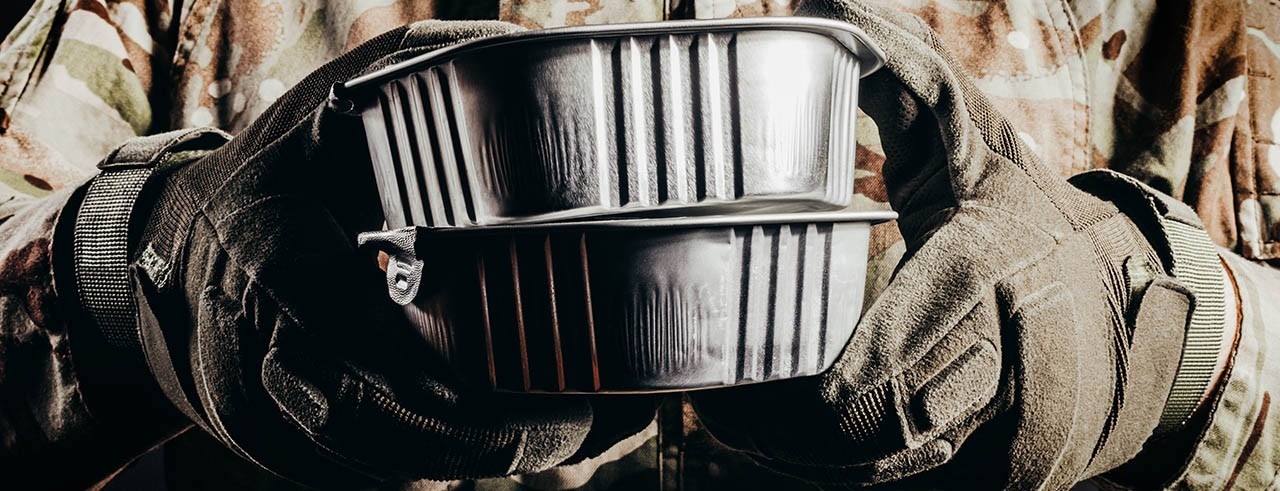The term “podcast” is a combination of “iPod,” Apple’s portable media player, and “broadcast.” It originated in the early 2000s when individuals began creating audio content specifically designed for download and playback on portable media players, including the iPod. Over time, the concept has evolved, and podcasts are now a popular and diverse form of digital media covering a wide range of topics, including news, education, entertainment, and more. The key feature of a podcast is its on-demand nature, allowing listeners to access content at their convenience.
Podcast Production
- Home Page 41

Branch and Feeder Circuit Design
FREE ACCESS 2026 National Electrical Code
Branch circuits relevant to modular classroom buildings are primarily addressed in Article 120: Branch Circuits (formerly Article 210 in previous editions). This article covers requirements for branch-circuit sizing, overcurrent protection, outlets, and general installation rules for circuits up to 1000 volts AC or 1500 volts DC. Key sections include:120.19: Conductor sizing and derating.
120.20: Overcurrent protection.
120.21: Receptacle outlets and tamper-resistant requirements.
120.23: Specific rules for appliances and fixed equipment.
For outside branch circuits, see Article 267: Outside Branch Circuits and Feeders over 1000 Volts AC or 1500 Volts DC, Nominal (if applicable to higher voltages).Feeder Circuit RulesFeeder circuits are primarily addressed in Article 121: Feeders (formerly Article 215 in previous editions). This article details feeder conductor sizing, grounding, and disconnecting means for circuits supplying branch circuits or sub-feeders up to 1000 volts AC or 1500 volts DC.Key sections include:121.2: Minimum rating and sizing.
121.3: Overcurrent protection.
121.4: Feeders as branch circuits (when applicable).
Outside feeders are covered in Article 267: Outside Branch Circuits and Feeders over 1000 Volts AC or 1500 Volts DC, Nominal (for higher voltages) or cross-referenced in Article 267 for general outside installations.
For modular school buildings detached from the main building with pre-installed single or three phase wiring systems, designers must choose between a separate service drop from a merchant utility or tapping into an existing source from the nearby school building.
Modular classroom buildings, often prefabricated and portable, require special attention in electrical power design to ensure safety, compliance, and functionality. The 2026 National Electrical Code (NEC) emphasizes proper sizing of branch circuits (Article 120) and feeders (Article 121) based on load calculations (Article 122), accounting for lighting, HVAC, and technology demands. Designers must consider temporary or relocatable installations, ensuring grounding and bonding comply with Article 250 for safety. Flexible wiring methods, like cord-and-plug connections, may be needed for portability, per Article 400. Modular units often face environmental challenges, requiring weather-resistant materials and equipment (Article 110). Surge protection (Article 285) is critical to safeguard sensitive classroom electronics. Accessibility for maintenance and inspections, per Article 110.26, is vital due to compact designs. Finally, compliance with local codes and coordination with utility connections ensure reliable power delivery for educational environments.
We have tried for several cycles to change the “Type of Occupancy” listing in NEC Table 220.12 to reflect more granular definition for School/university and Sports arena lighting load calculations. We will have another chance in the 2026 NEC. [Public input is due September 10th]
Public Input Closing Date: September 7, 2023
4 February 2021
Let’s start marking up the 2023 National Electrical Code, shall we? We will collaborate with IEEE Standards Coordinating Committee 18 — the committee that follows NFPA electrical safety consensus products and coordinates the response of IEEE electrical power professionals.
A good place to start is with the transcripts of the 2020 revision — AVAILABLE HERE for free. We look for proposals that failed for one reason or another; holding fast to our hunch that changes to the ampere load requirements that appear in the prescriptive statements to designers and inspectors of Chapter 2 could changed. The 2020 transcripts of Code-Making Panel 4 are linked below:
Code‐Making Panel 2 Public Input Report (991 Pages)
Code-Making Panel 2 Public Comment Report (402 Pages)
We have been trying for several NEC revision cycles to change the “Type of Occupancy” tabulations of Table 220.12 to reflect more granular definition in the Volt/Ampere requirement of 33 VA/m2 (3 VA/ft2) for School/university and Sports arena. Some of the problem in Table 220.12 regarding electrical loads in education facilities lies in its foundation built upon the International Building Code; the remainder of the problem lies with the education facility industry itself; described in detail in our ABOUT.
The good news is that the NFPA Fire Protection Research Foundation (FPRF) recognizes the problem and is acting on it; described in previous posts and in its project portfolio. Keep in mind that Standards Michigan, the original voice of the user-interest for education facility industry in the global standards system, has to compete with other, competitor stakeholders who make their market in this and in other consensus products accredited by the American National Standards Institute.
Public input for the 2023 National Electrical Code is due September 10th. We will collaborate with the FPRF and the IEEE Education & Healthcare Facilities Committee, and others, to get informed public input to Code-Making Panel 2 and the NEC Technical Correlating Committee. See our CALENDAR for our next Electrical & Telecommunication teleconference, open to everyone.
Issue: [19-201]
Category: Electrical
Colleagues: Mike Anthony, Scott Gibb, Jim Harvey, Kane Howard, Paul Kempf, Philip Ling, Jose Meijer
LEARN MORE:
IEEE Industrial Applications Society: The safety and economic benefit of reduced power design densities permitted in the 2014 National Electrical Code (Anthony, Ling, Meijer)
LLM Model Evaluation & Agent Interface
IEEE sponsors two AI and ADS projects that follow ANSI standardization requirements:
A cheat sheet explanation of how Large Language Models work: pic.twitter.com/CcPujRNvHi
— Abacus.AI (@abacusai) July 23, 2023
Title: IEEE P3119 – Standard for the Procurement of Artificial Intelligence and Automated Decision Systems
Scope: The IEEE P3119 standard establishes a uniform set of definitions and a process model for procuring Artificial Intelligence (AI) and Automated Decision Systems (ADS). It covers government procurement, in-house development, and hybrid public-private development of AI/ADS. The standard redefines traditional procurement stages—problem definition, planning, solicitation, critical evaluation (e.g., impact assessments), and contract execution—using an IEEE Ethically Aligned Design (EAD) foundation and a participatory approach to address socio-technical and responsible innovation considerations. It focuses on mitigating unique AI risks compared to traditional technologies and applies to commercial AI products and services procured through formal contracts.
Purpose: The purpose of IEEE P3119 is to help government entities, policymakers, and technologists make transparent, accountable, and responsible choices in procuring AI/ADS. It provides a framework to strengthen procurement processes, ensuring due diligence, transparency about risks, and alignment with public interest. The standard aims to minimize AI-related risks (e.g., bias, ethical concerns) while maximizing benefits, complementing existing procurement practices and shaping the market for responsible AI solutions. It supports agencies in critically evaluating AI tools, assessing vendor transparency, and integrating ethical considerations into procurement.
Developmental Timelines:
-
- September 23, 2021: The IEEE Standards Association (SA) Standards Board approved the project and established the IEEE P3119 Working Group. The Project Authorization Request (PAR) was created to define the scope.
- 2021–Ongoing: Development continues, with no final publication date confirmed in available sources. As of July 18, 2024, the standard was still in progress, focusing on detailed process recommendations.
- The standard is being developed as a voluntary socio-technical standard, with plans to test it against existing regulations (e.g., via regulatory sandboxes).
By Whom:
-
- Working Group Chair: Gisele Waters, Ph.D., Director of Service Development and Operations at Design Run Group, co-founder of the AI Procurement Lab, and a human-centered design researcher focused on risk mitigation for vulnerable populations.
- Working Group Vice Chair: Cari Miller, co-founder of the AI Procurement Lab and the Center for Inclusive Change, an AI governance leader and risk expert.
- IEEE P3119 Working Group: Comprises a global network of IEEE SA volunteers from diverse industries, collaborating to develop standards addressing market needs and societal benefits. The group integrates expertise from government workers, policymakers, and technologists.
- Inspiration: The standard was inspired by the AI and Procurement: A Primer report from the New York University Center for Responsible AI.
The IEEE P3119 standard is a collaborative effort to address the unique challenges of AI procurement, emphasizing ethical and responsible innovation for public benefit
Title: IEEE P3120 – Standard for Quantum Computing Architecture
Scope: The IEEE P3120 standard defines a general architecture for quantum computers, focusing on the structure and organization of quantum computing systems. It covers the overall system architecture, including quantum hardware components (e.g., qubits, quantum gates), control systems, interfaces with classical computing systems, and software layers for programming and operation. The standard aims to provide a framework for designing interoperable and scalable quantum computing systems, addressing both hardware and software considerations for quantum and hybrid quantum-classical architectures.
Purpose: The purpose of IEEE P3120 is to establish a standardized framework to guide the design, development, and integration of quantum computing systems. It seeks to ensure consistency, interoperability, and scalability across quantum computing platforms, facilitating innovation and collaboration in the quantum computing ecosystem. By providing clear architectural guidelines, the standard supports developers, researchers, and industry stakeholders in building reliable and efficient quantum computers, bridging the gap between theoretical quantum computing and practical implementation.
Developmental Timelines:
-
- September 21, 2023: The IEEE Standards Association (SA) Standards Board approved the Project Authorization Request (PAR) for P3120, initiating the project under the IEEE Computer Society’s Microprocessor Standards Committee (C/MSC).
- 2023–Ongoing: Development is in progress, with no confirmed publication date in available sources. As a standards development project, it involves iterative drafting, review, and consensus-building, typical of IEEE processes, which can span several years.
- The standard is being developed as a voluntary standard, with potential for testing and refinement through industry and academic collaboration.
By Whom:
-
- Sponsor: IEEE Computer Society, specifically the Microprocessor Standards Committee (C/MSC), which oversees standards related to microprocessor and computing architectures.
- Working Group: The IEEE P3120 Working Group consists of volunteers from academia, industry, and research institutions with expertise in quantum computing, computer architecture, and related fields. Specific chairs or members are not detailed in available sources, but IEEE SA working groups typically include global experts from relevant domains.
- Stakeholders: The development involves contributions from quantum computing researchers, hardware manufacturers, software developers, and standardization experts to ensure a comprehensive and practical standard.
The IEEE P3120 standard is a critical step toward formalizing quantum computing architectures, aiming to support the growing quantum technology industry with a robust and interoperable framework.
History of the English Speaking Peoples
| Since so much of what we do in standards setting is built upon a foundation of a shared understanding and agreement of the meaning of words (no less so than in technical standard setting) that time is well spent reflecting upon the origin of the nouns and verbs of that we use every day. Best practice cannot be discovered, much less promulgated, without its understanding secured with common language. |
Hanging with grandad just like the old days 😂 pic.twitter.com/fQVarEQ5Iw
— Alexandra Churchill ✌🏼⭐️⭐️ (@churchill_alex) December 2, 2023
Virginia Woolf: pic.twitter.com/8IPw1Fmevk
— Dr. Maya C. Popa (@MayaCPopa) May 25, 2023
Cambridge: English language education in the era of generative AI
We must spread our accent further pic.twitter.com/qEc3Cqd2cH
— Midwest vs. Everybody (@midwestern_ope) April 3, 2025
Stairway Design & Construction
This content is accessible to paid subscribers. To view it please enter your password below or send mike@standardsmichigan.com a request for subscription details.
Poutine
Health Canada: Food safety standards and guidelines
University of Vermont: Poutine: From Rags to Riches

Dalhousie University researcher Sylvain Charlebois, known as “the food professor,” enjoys a poutine at a restaurant in Brisbane, Australia.
‘Girls tell about their time at Canadian College of English Language’https://t.co/SKYf5gNZLXhttps://t.co/fsQaxC1L69 pic.twitter.com/FBywkbB1BY
— Standards Michigan (@StandardsMich) July 1, 2024
Evensong “The Water is Wide”
“All my longings lie open before you, Lord;
my sighing is not hidden from you.”
“The Water Is Wide” is a traditional folk song with deep roots in the British Isles, particularly Scotland and England, before it became a beloved American folk song. Its origins are complex, as it evolved through oral tradition, with variations in lyrics, melody, and title across regions and centuries. Below is a detailed explanation of its origins and journey to becoming a classic American folk song with summer associations.1. British Isles Origins (17th–18th Century)
- Earliest Roots: The song likely derives from a Scottish or English folk ballad dating back to at least the 17th century. It is closely related to ballads like “Waly, Waly” (sometimes spelled “Wally, Wally”), a lament about love and loss. The earliest known versions appear in Scottish oral traditions, with references to broadsides (printed song sheets) from the 1600s.
- Melody and Structure: The melody associated with “The Water Is Wide” is a modal, haunting tune typical of Celtic folk music. It shares similarities with other traditional songs like “O Waly, Waly,” which was collected in Cecil Sharp’s English Folk Songs from the Southern Appalachians (1917). The song’s structure, with its simple, repetitive stanzas, made it adaptable for oral transmission.
- Lyrics and Themes: Early versions focused on themes of unrequited or lost love, with the “wide water” symbolizing an insurmountable barrier between lovers. For example, a common early stanza is:
“The water is wide, I cannot get o’er / And neither have I wings to fly / Give me a boat that will carry two / And both shall row, my love and I.”
This imagery of rivers and separation resonated in pastoral settings, often evoking summer landscapes.
2. Transmission to America
- Colonial Migration: The song crossed the Atlantic with British and Scottish immigrants, particularly during the 17th and 18th centuries, settling in regions like the Appalachian Mountains, where it became part of the American folk tradition. Scots-Irish settlers, in particular, brought ballads like “The Water Is Wide” to the American South, where they were adapted to local contexts.
- Appalachian Influence: In the Appalachians, the song’s lyrics and melody were shaped by oral tradition, with variations emerging in different communities. It retained its melancholic tone but often incorporated local imagery, such as American rivers or landscapes, which tied it to summer’s reflective, open-air mood.
- African American Influence: Some scholars suggest that African American spirituals influenced the song’s evolution in America, as its themes of longing and crossing water paralleled spirituals like “Deep River.” This blending enriched its emotional depth and melodic variations.
3. Documentation and Revival
- Early Collections: The song was first formally documented in the 19th century, with variants appearing in folk song collections. By the early 20th century, collectors like Cecil Sharp and Francis James Child (known for the Child Ballads) noted versions of “Waly, Waly” and related songs in both Britain and America.
- Folk Revival (20th Century): “The Water Is Wide” gained prominence during the American folk revival of the 1950s and 1960s. Artists like Pete Seeger, Joan Baez, and The Kingston Trio popularized it, often performing it at summer folk festivals. Seeger’s version, in particular, standardized the modern American melody and lyrics, emphasizing its gentle, summery river imagery.
- Adaptations: The song was adapted into various forms, including gospel, pop, and classical arrangements. Its inclusion in school songbooks and campfires further cemented its place in American folk culture, with its river imagery evoking lazy summer days.
6. Historical Significance
- Oral Tradition: The song’s survival through oral tradition highlights its adaptability and emotional resonance, key traits of folk music.
- Cross-Cultural Exchange: Its journey from Scotland/England to America, with influences from African American traditions, exemplifies the blending of cultures in American folk music.
- Modern Legacy: Today, “The Water Is Wide” remains a staple in folk repertoires, performed by artists across genres and taught in music education, often evoking summer’s reflective mood.
The water is wide, I cannot cross o’er,
And neither have I wings to fly.
Give me a boat that will carry two,
And both shall row, my love and I.A ship there is, and she sails the sea,
She’s loaded deep, as deep can be;
But not so deep as the love I’m in,
And I know not how I… pic.twitter.com/kEyJAAJRfG— Tar-Eämon (@SerAemond) September 25, 2025
Incorporation by Reference
A partial list of the standards developers who produce consensus documents that are referenced in education facility design guidelines and construction contracts is shown below:
In other words, apart from open-source and consortia-developed standards, the safety and sustainability of the education facility industry is almost entirely dependent upon intellectual property that must be available free of charge to the public if local and state governments incorporate them by reference to meet their pubic safety assurance obligation.
While ANSI has managed a reconciliation on the issue generically called “incorporation by reference” there a few fine points that are noteworthy. These are usually discussed during World Standards Week and summarized periodically at the link below:
ANSI GOVERNMENT OUTREACH ACTIVITIES
We refresh our understanding of this topic several times a year; typically during our Incorporation by Reference colloquium during which time we also examine state-level activity
Issue: [Various]
Category: Administration & Management, Public Policy, US Department of Commerce
Colleagues: Mike Anthony, Christine Fischer, Jack Janveja, Richard Robben
Meals-Ready-to-Eat
“An Army marches on its stomach”
— Napoleon Bonaparte
Compact, flameless heater allows for pre-packaged hot dinners
“Whether it’s chili with beans, barbecued beef or meatballs in marinara sauce, members of the United States military are served up a rotating menu of entrees through meals, ready to eat rations. Packed in individual pouches, these self-contained meals can be eaten during combat operations, humanitarian missions or field trainings, providing nourishment on the go. Yet while MREs were first piloted for U.S. military members during the Vietnam War, it wasn’t until the 1990s that it’s been possible for these meals to be served hot…
…We can thank a University of Cincinatti Professor of Mechanical Engineering for that.” (And transforming the civilian emergency food industry, to boot)
Related:
Defense Acquisition University: Specifications and Standards
Food and Water in an Emergency
Federal Emergency Management Agency: Food Safety: A Recipe for National Preparedness
New update alert! The 2022 update to the Trademark Assignment Dataset is now available online. Find 1.29 million trademark assignments, involving 2.28 million unique trademark properties issued by the USPTO between March 1952 and January 2023: https://t.co/njrDAbSpwB pic.twitter.com/GkAXrHoQ9T
— USPTO (@uspto) July 13, 2023
Standards Michigan Group, LLC
2723 South State Street | Suite 150
Ann Arbor, MI 48104 USA
888-746-3670



